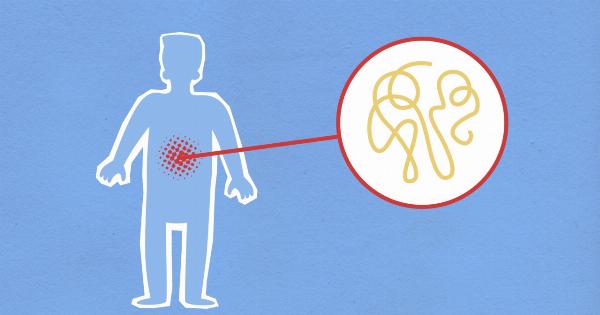Sugar is one of the most commonly used ingredients in today’s food industry. It’s used in everything from soft drinks and desserts to breakfast cereals and bread.
While we all know that sugar isn’t good for us, many of us are still unaware of how much sugar we’re consuming on a daily basis. In fact, most of the time, we don’t even realize that sugar is in our food because it’s hidden behind other names on the ingredient label.
In this article, we’ll explore the secret sugar hiding in your food and how you can avoid consuming excess amounts of it.
What is Sugar?
Sugar is a type of carbohydrate that comes in several different forms. The most common form of sugar is sucrose, which is a compound made up of glucose and fructose.
When we consume sugar, our bodies break it down into glucose, which is used as a source of energy in our cells. While our bodies do need glucose to function properly, too much sugar can lead to a range of health problems.
The Types of Sugar
There are several different types of sugar that you may encounter on a food label:.
- Sucrose: Also known as table sugar, sucrose is made up of glucose and fructose.
- High-fructose corn syrup: This is a type of sugar that’s found in many processed foods and soft drinks.
- Agave nectar: Agave nectar is a sweetener derived from the agave plant.
- Honey: While honey is a natural sweetener, it still contains high levels of sugar.
- Fructose: Fructose is a type of sugar that’s found naturally in fruits and some vegetables.
- Dextrose: Dextrose is a type of sugar derived from corn.
How Sugar Affects Your Health
Consuming too much sugar on a regular basis can lead to a range of health problems. Here are some of the ways that sugar can affect your health:.
- Weight gain: Consuming excess amounts of sugar can lead to weight gain and obesity.
- Heart disease: Eating too much sugar can lead to an increased risk of heart disease.
- Diabetes: Consuming too much sugar can cause insulin resistance, which can eventually lead to type 2 diabetes.
- Tooth decay: Sugar can cause tooth decay and cavities, especially if you don’t practice good dental hygiene.
- Acne: Eating too much sugar may also contribute to acne and other skin problems.
- Inflammation: Sugar can cause inflammation in the body, which can lead to a range of health problems.
The Sugar Content of Common Foods
It’s important to be aware of the sugar content in the foods that you eat. Here are some examples of common foods and their sugar content:.
- Soda: A 12-ounce can of regular soda contains around 40 grams of sugar.
- Breakfast cereals: Many breakfast cereals contain high amounts of sugar, with some brands containing up to 20 grams of sugar per serving.
- Yogurt: Some brands of yogurt contain high amounts of added sugar, with some containing more than 20 grams per serving.
- Bread: Many types of bread contain added sugar, including white bread, which can contain up to 2 grams of sugar per slice.
- Sauce: Many types of sauce, including ketchup and barbecue sauce, contain high amounts of added sugar.
How to Avoid Hidden Sugars
The best way to avoid hidden sugars is to read food labels carefully. Look for sugar in the ingredient list, and keep in mind that sugar can be listed under many different names. Here are some example of other names for sugar:.
- High-fructose corn syrup
- Corn syrup
- Honey
- Agave nectar
- Maple syrup
- Molasses
- Cane juice
- Fructose
- Dextrose
It’s also important to choose whole, unprocessed foods whenever possible. These foods are typically lower in added sugars and higher in nutrients. If you do buy processed foods, opt for those with lower sugar content and fewer ingredients overall.
The Bottom Line
Sugar is a common ingredient in today’s food industry, and it’s often hidden behind other names on food labels.
Consuming too much sugar on a regular basis can lead to a range of health problems, including weight gain, heart disease, and type 2 diabetes. To avoid consuming excess amounts of sugar, read food labels carefully and choose whole, unprocessed foods whenever possible.































